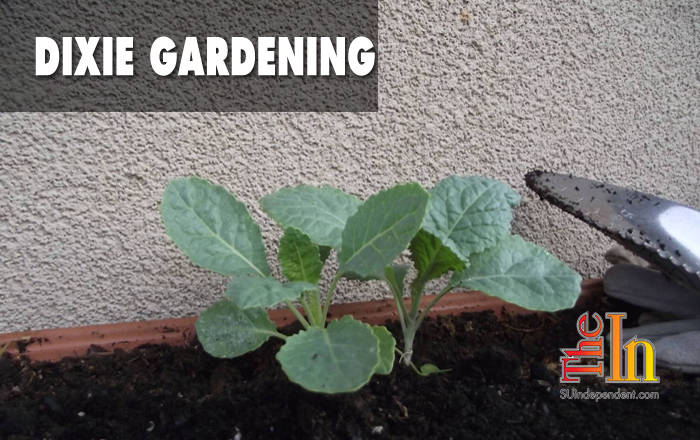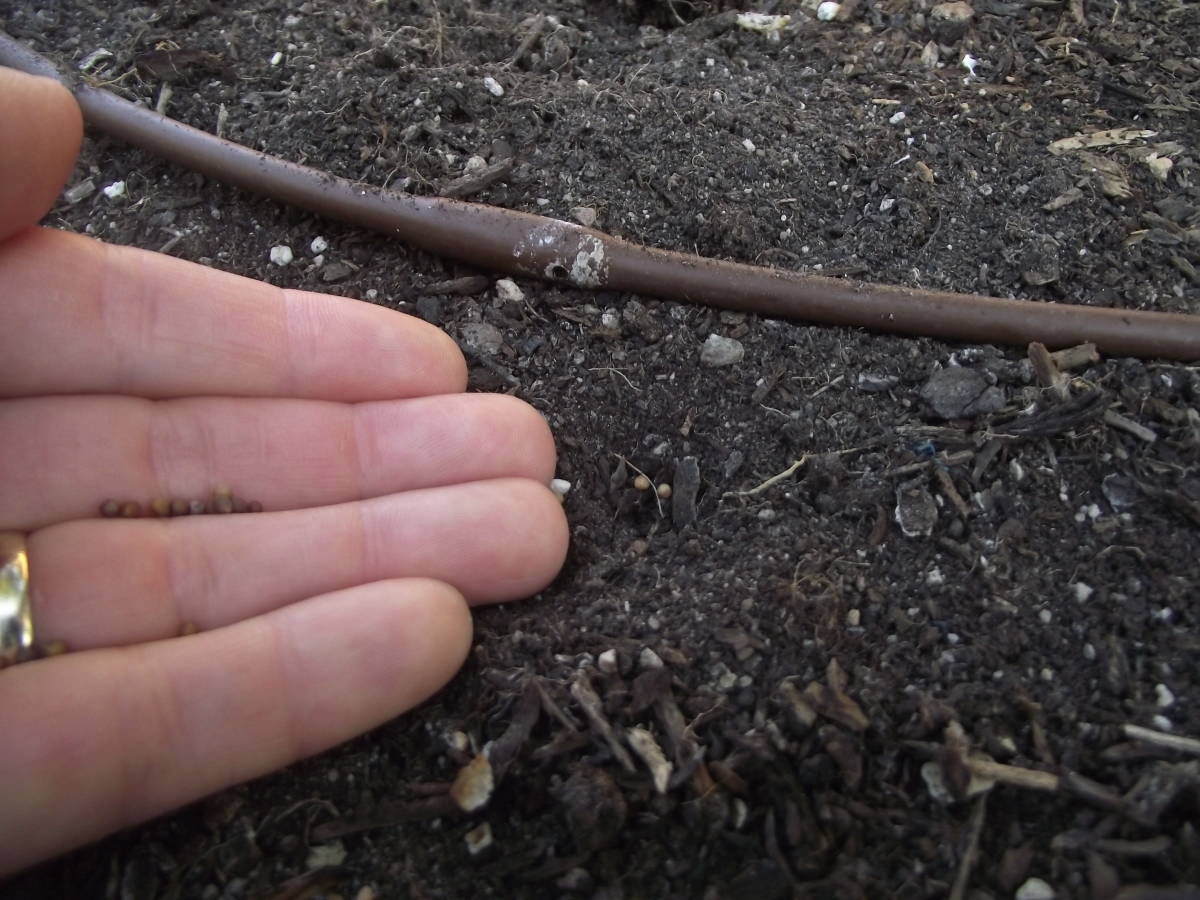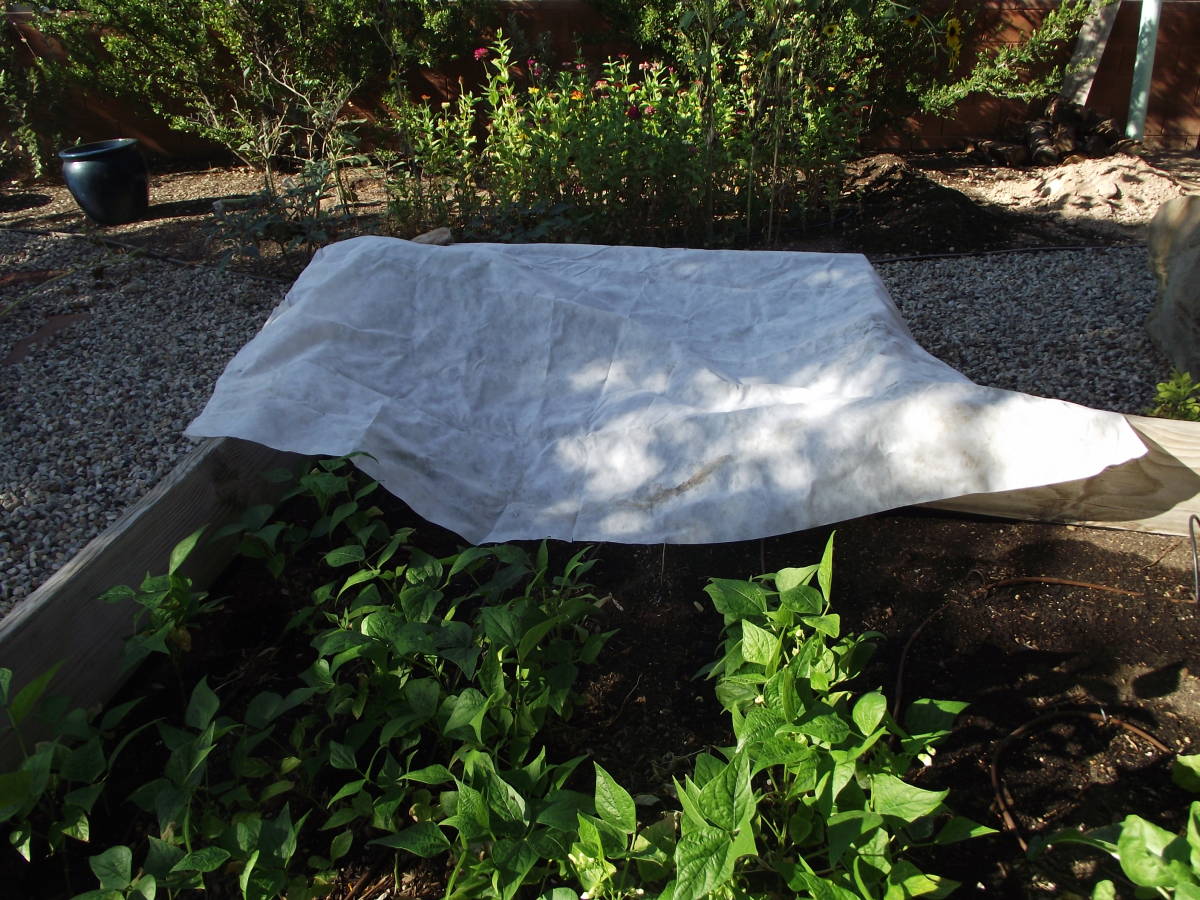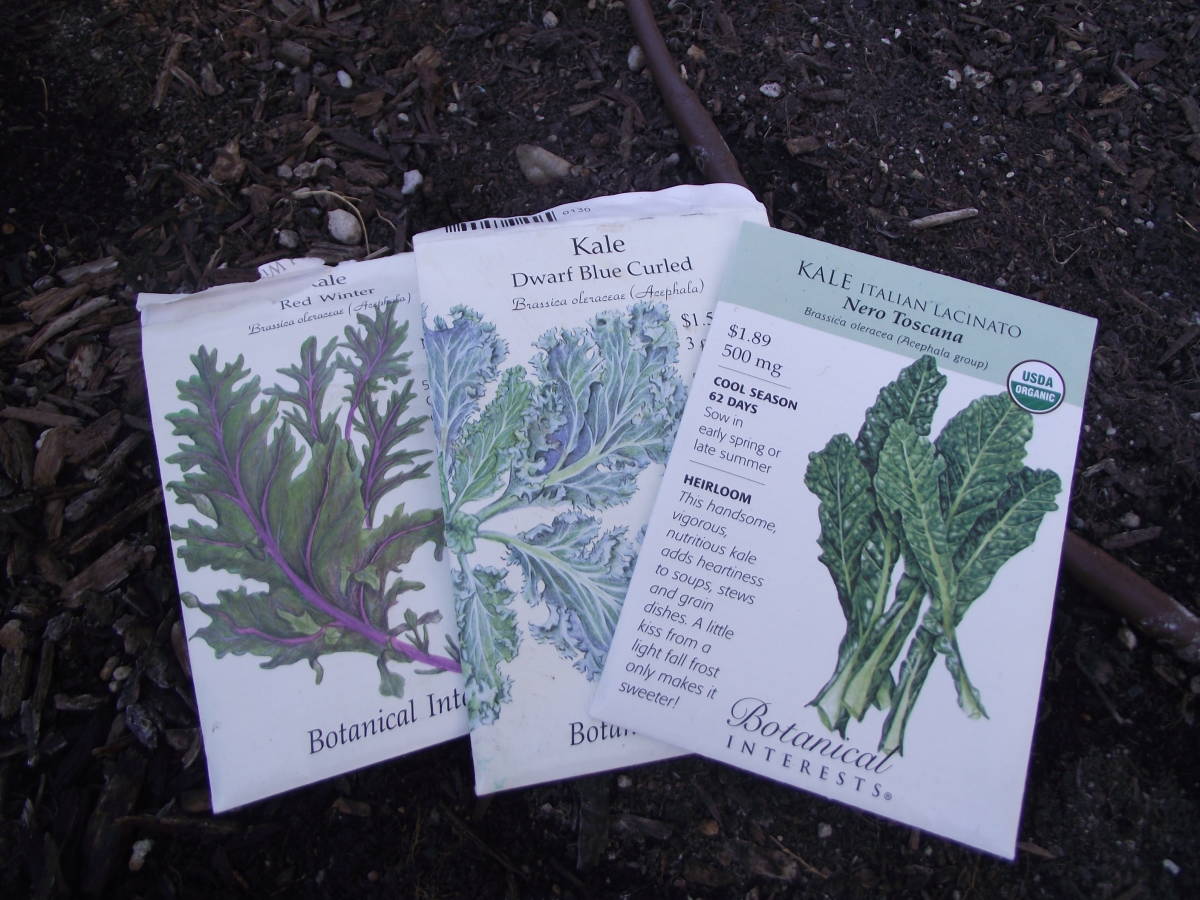
Do you eat kale? If you are a green-vegetable-eating maniac like me, you surely do. I eat it raw in salads and smoothies, sauteed, wilted, braised, and added to soups. I love to steam it briefly and use it in place of noodles with spaghetti sauce on top. I even get my toddler daughter to eat it when I steam it with cauliflower and puree it. She chows it down and says, “Yum, yum!” I’m not kidding! If you do eat kale, you might as well grow it. It is easy to grow, and the season for planting and growing kale in St. George is upon us.
Plant kale in the ground, in a raised garden bed, or in a container. Growing kale in St. George requires moist, well drained soil rich in organic matter. Since our native soil is not rich in organic matter, simply add compost to your soil, or use a high-quality potting soil in your container of choice.
The location of your cool season garden should be sunny. Eastern and southern exposures provide this much-needed sun during the winter months.
 Planting from seed is easy and economical. Sow the seeds 0.25 inch deep and one inch apart in rows about 1.5 feet apart. Water well after planting. After seedlings emerge, water when the top inch of the soil is dry. When the plants are a few inches high, thin them to eight inches apart by cutting them with scissors. Don’t let these baby kale leaves go to waste. They are the first delicious taste of your winter garden. Harvest kale by removing the outer leaves, leaving the newest leaves to continue to grow.
Planting from seed is easy and economical. Sow the seeds 0.25 inch deep and one inch apart in rows about 1.5 feet apart. Water well after planting. After seedlings emerge, water when the top inch of the soil is dry. When the plants are a few inches high, thin them to eight inches apart by cutting them with scissors. Don’t let these baby kale leaves go to waste. They are the first delicious taste of your winter garden. Harvest kale by removing the outer leaves, leaving the newest leaves to continue to grow.
I recommend utilizing a frost cloth to get the most out of winter gardening in St. George. Although kale is usually hardy all winter, the frost cloth acts like a greenhouse of sorts and encourages the kale to grow more rapidly than without it. It lets the light through, so you don’t have to remove it for days at a time. When it starts to freeze, I lay the cloth

right on top of my garden. It’s okay if the cloth rests on the vegetables. However, you can prop it up easily with wooden stakes or something similar if the cloth seems to put too much pressure on your plants. I usually secure it with something heavy, too. The winter wind can steal your frost cloth if you don’t secure it. Logs, boards, or rocks work well. Frost cloth is easily obtained at local garden centers Last year, I purchased my frost cloth from Ali’s Organics, a lovely little nursery in La Verkin. Ali had some large rolls of the lightweight cloth from which she cut my requested length.
 Red Winter, Dwarf Blue Curled, and Italian Nero Toscana are all tasty varieties of kale. Additionally, there are the ornamental varieties that do just as well in flower gardens and pots during the winter and you can certainly eat these, but they are not as tasty as those grown mainly for eating.
Red Winter, Dwarf Blue Curled, and Italian Nero Toscana are all tasty varieties of kale. Additionally, there are the ornamental varieties that do just as well in flower gardens and pots during the winter and you can certainly eat these, but they are not as tasty as those grown mainly for eating.
Did you know that there is a National Kale Day? It is right around the corner. It happens to be on Oct. 7 this year. It has a Facebook page and everything! Celebrate this year by growing kale in your winter garden. This nutritious and delicious cool-season leafy green is easy to grow and now is the time for planting kale in St. George. Welcome to winter gardening!



